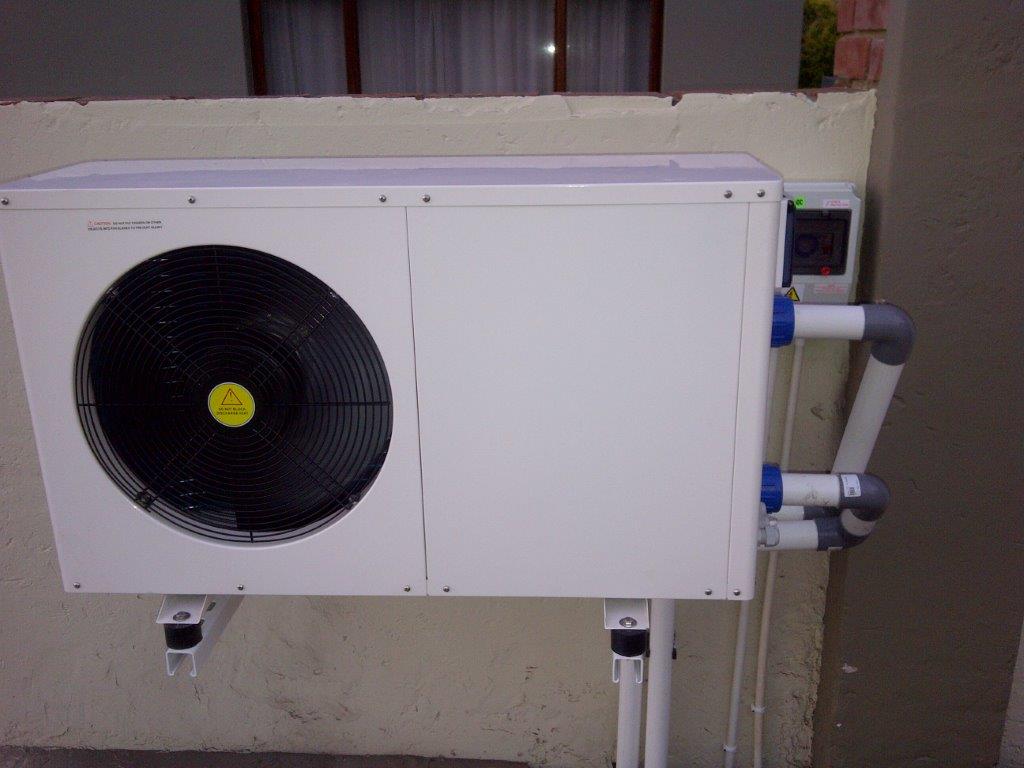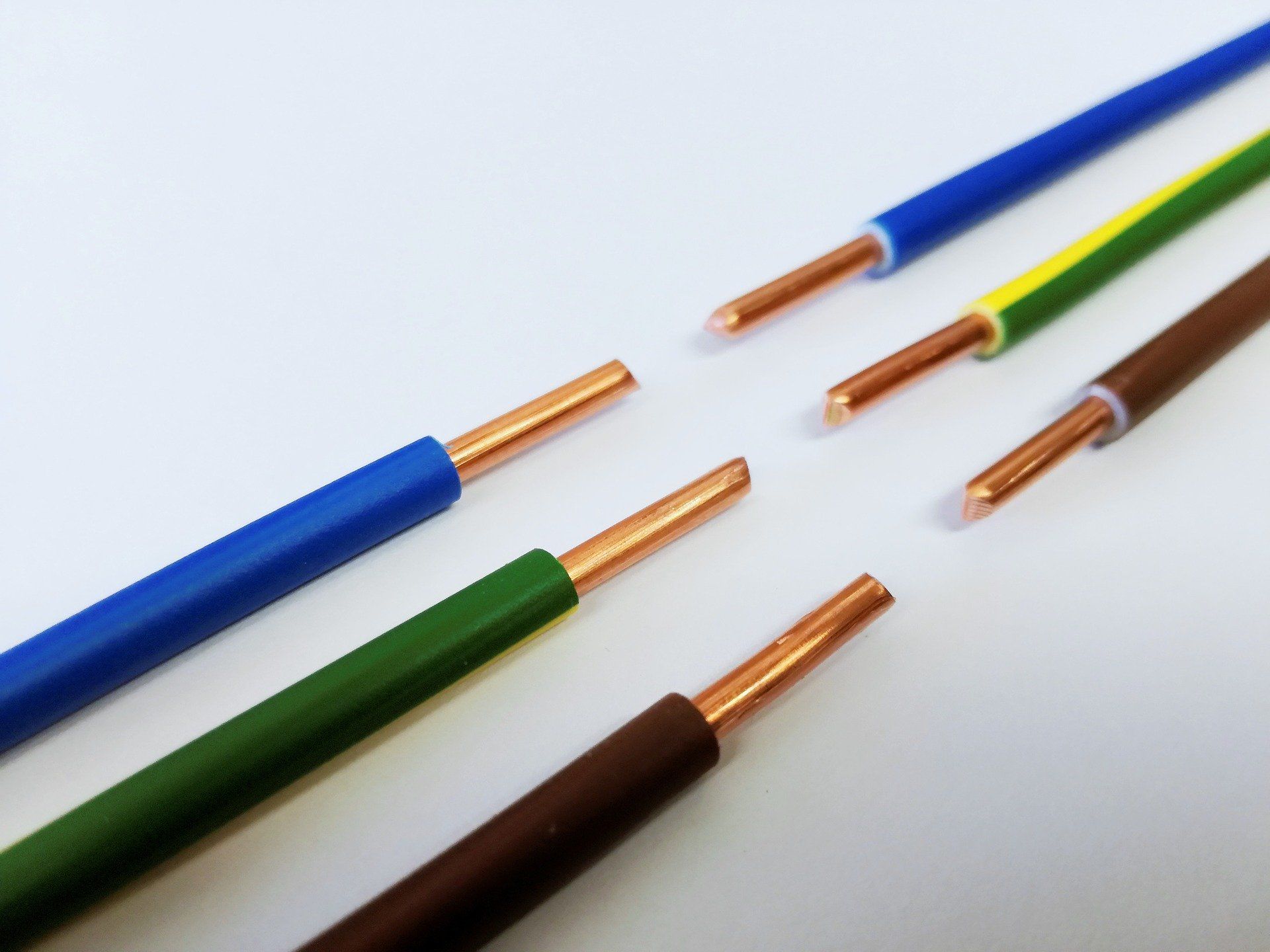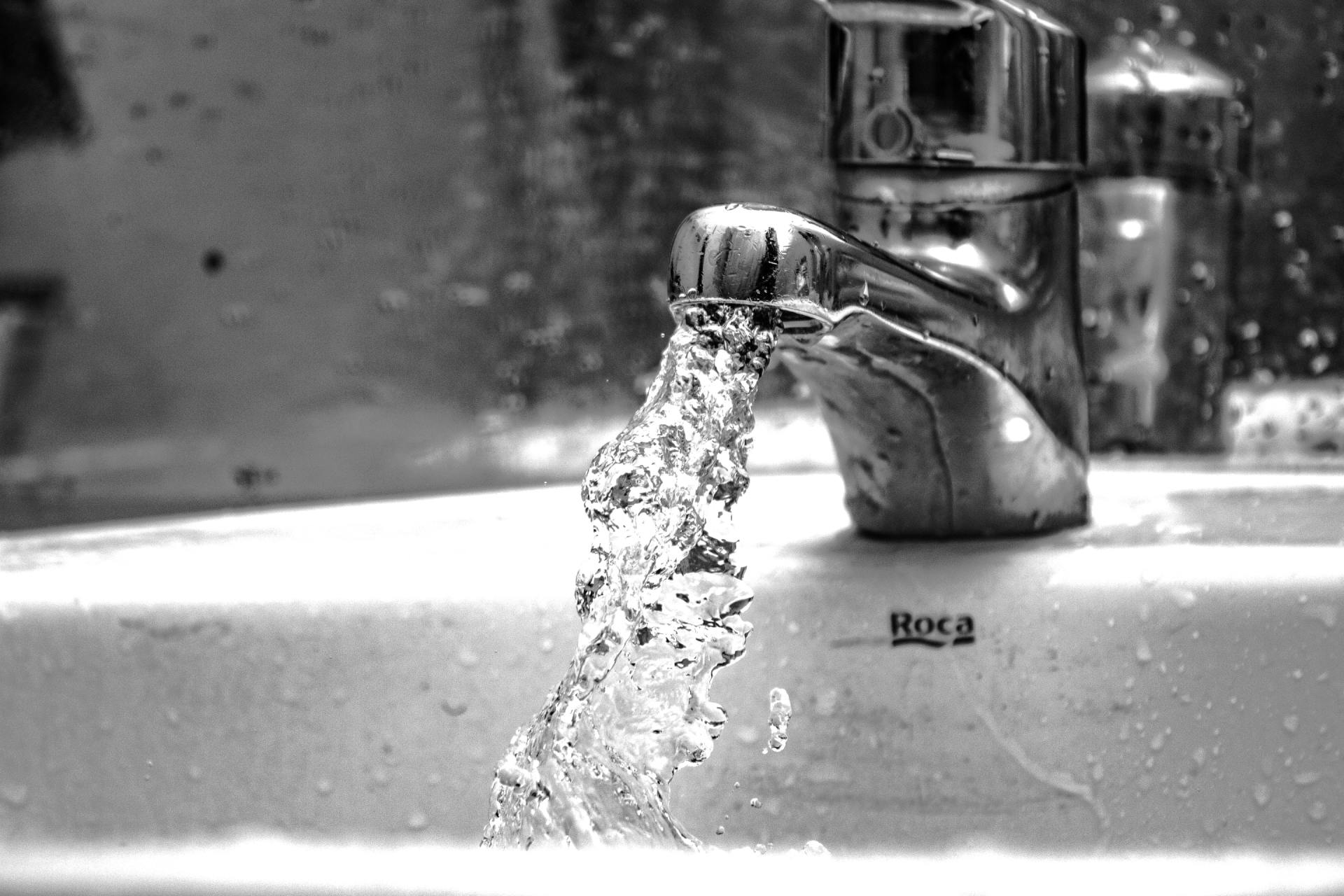Heat Pump
26 May 2021
What is a Heat Pump

A pool heat pump uses electricity and does not actually generate heat. Instead, heat pumps have a fan which draws in heat from the outside air that has been warmed by the sun. This warm air is extracted by a fan and circulated through an outer evaporator air coil. Liquid refrigerant within the evaporator coil absorbs heat and transforms it into a gas.
The warm gas in the coil then gets pumped into the compressor which increases the heat, creating a very hot gas that then passes through the heat exchanger condenser.
The pool pump circulates the swimming pool water drawn from the pool, it then passes through a filter and the heat pump water heater.
As the Liquid refrigerant gas and water from the pool is pumped through the heat exchanger at the same time, the hot gas transfers its heat to the water. The water is heated 3-5 degrees as it passes through and then the warmer water flows back into the pool.
You might also like

It is possible to save as much as 40% of your electricity bill just by changing your energy habits! You don’t necessarily have to spend a single cent to do this. Like any habit, bad energy habits can be changed. Be energy conscious and modify your use patterns. Don’t automatically flip on overhead lights during the day, switch off lights that are not in use, turn off the radio and TV when you leave the room. Heating and cooling your home. Heating and cooling consumes a lot of energy. The first recommendation is not to use electricity for heating or cooling if possible. An electric space heater can consume 2kW of power. If it is on for 10 hours daily, the cost to operate it can be over R1000 per month at current prices. Consider a high efficiency gas heater or paraffin heater. Of course nothing equals a fireplace! There are many different ways to decrease heating and cooling costs. Some of these include better insulation, correct shading of the house through planting trees, increasing the overhang of eaves and natural ventilation. These concepts are well worth exploring but they are beyond the scope of this website. light switchWater heating and the myths surrounding switching your geyser on and off. Using electricity to heat water not only consumes a lot of energy, it is also a highly inefficient process. As much as 40 % of your electrical bill can go to water heating. Your first line of defence should be a timer switch and insulation on both the geyser and all hot water pipes. Contrary to many beliefs the most efficient way to manage your geyser is to switch it on 1 hour before use and to switch it off BEFORE opening the tap. For a solar home, electrical geysers are not a good option, they simply consume too much energy. In sunny South Africa, solar water heating is a very viable option and highly efficient systems are available. Gas geysers are not expensive and they can be very efficient. The cost of cooking. The same rules apply, heating consumes a lot of energy. If the four hotplates on a typical stove are all on a high setting, the stove will be requiring. as much as 7 kW. This could mean over R 200 per month, just for cooking. Also consider the time you have to wait for the hotplate to heat up sufficiently, wasting energy during the process. There is good reason why professional chefs prefer to cook with gas; it is more direct and therefore more efficient. A gas stove costs less than half as much to operate as an electric one and modern gas stoves are very safe. Keeping things cold – your fridge. The fridge can be the largest single electricity consumer in an energy-efficient home, accounting for as much as half of the total consumption in some cases. When it comes to efficiency, your first line of defence is to shut the door! You might remember from school that warm air rises and cold air falls. The same thing happens with fridges and freezers. With vertical fridges, the cold air “falls out” as soon as you open the door and is replaced with warmer air. The warmer air needs to be cooled down to the temperature setting again and the appliance has to consume more energy. The more we open and close the door, the higher the energy consumption. With this in mind, a chest freezer is the most efficient. The cold air stays inside when you lift the lid. Maintaining door gaskets will help to keep the cold inside. You can easily test the gasket by closing the door on a piece of paper. It should be held firmly in place.

NON-DAMAGING — BUT COSTLY These types of leaks, while inconvenient, do not cause much significant damage to your home. Instead of costing you damage to your home, they will most likely cost you more time, energy, and money to resolve. Consider the last time you saw a sprinkler spouting straight up into the air as opposed to watering the grass or the last time you went into your bathroom to hear the toilet running even though it hadn’t been used recently. MINIMAL DAMAGE — BUT WILL WORSEN OVER TIME Minimal damage leaks may not look like a huge issue at first, but if left unattended to, will result in more significant damage in the future. These leaks often go unnoticed, such as a leak in your wall, a leak in a faucet or shower, or a drip from an appliance. Occasionally, these leaks occur in more dangerous areas of your home, such as in a boiler or a hot water heater. SIGNIFICANT DAMAGE — HOME IS BEING DESTROYED — ACT NOW Hopefully, a leak in your home never falls into this category, as these leaks can cause a great deal of harm upon your home. Significant damage leaks are fairly easy to identify, as your home is most likely being flooded with water. Leaks such as burst and frozen pipes have the potential to result in this type of leak that requires immediate attention.

Solar power is pollution free and causes no greenhouse gases to be emitted after installation. Reduced dependence on foreign oil and fossil fuels. Renewable clean power that is available every day of the year, even cloudy days produce some power. Return on investment unlike paying for utility bills.
